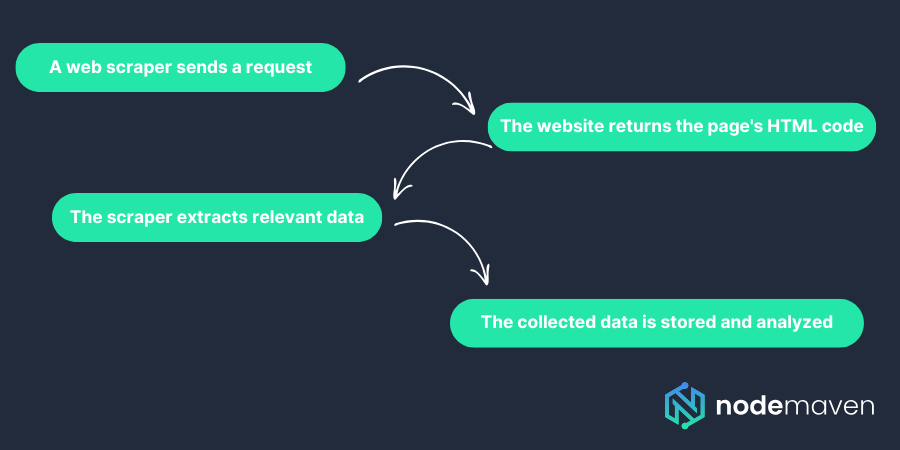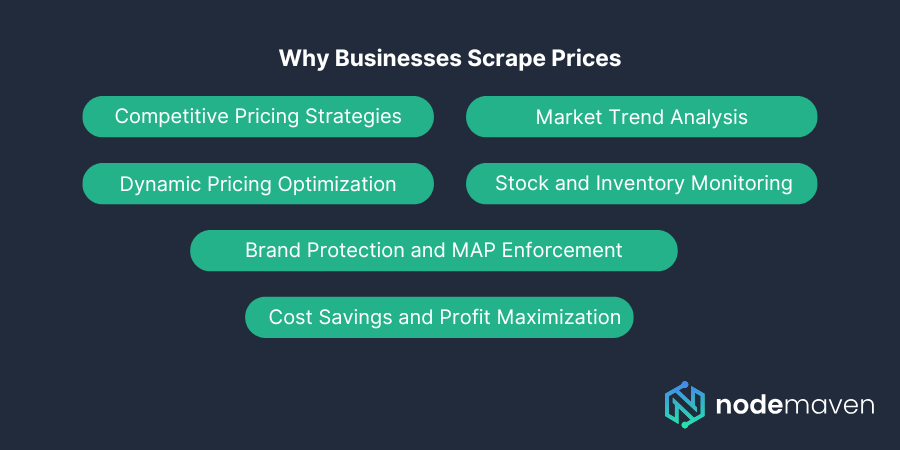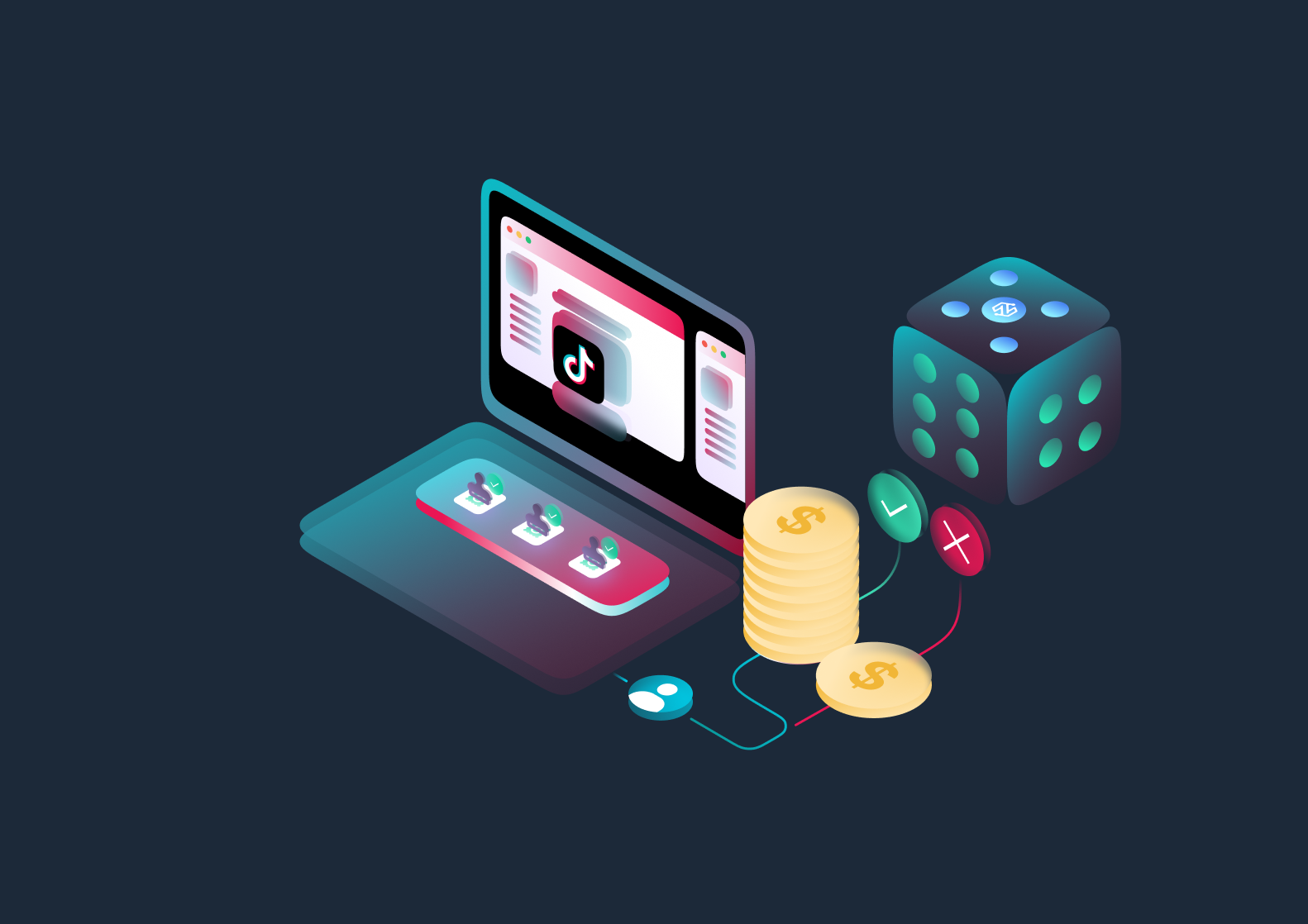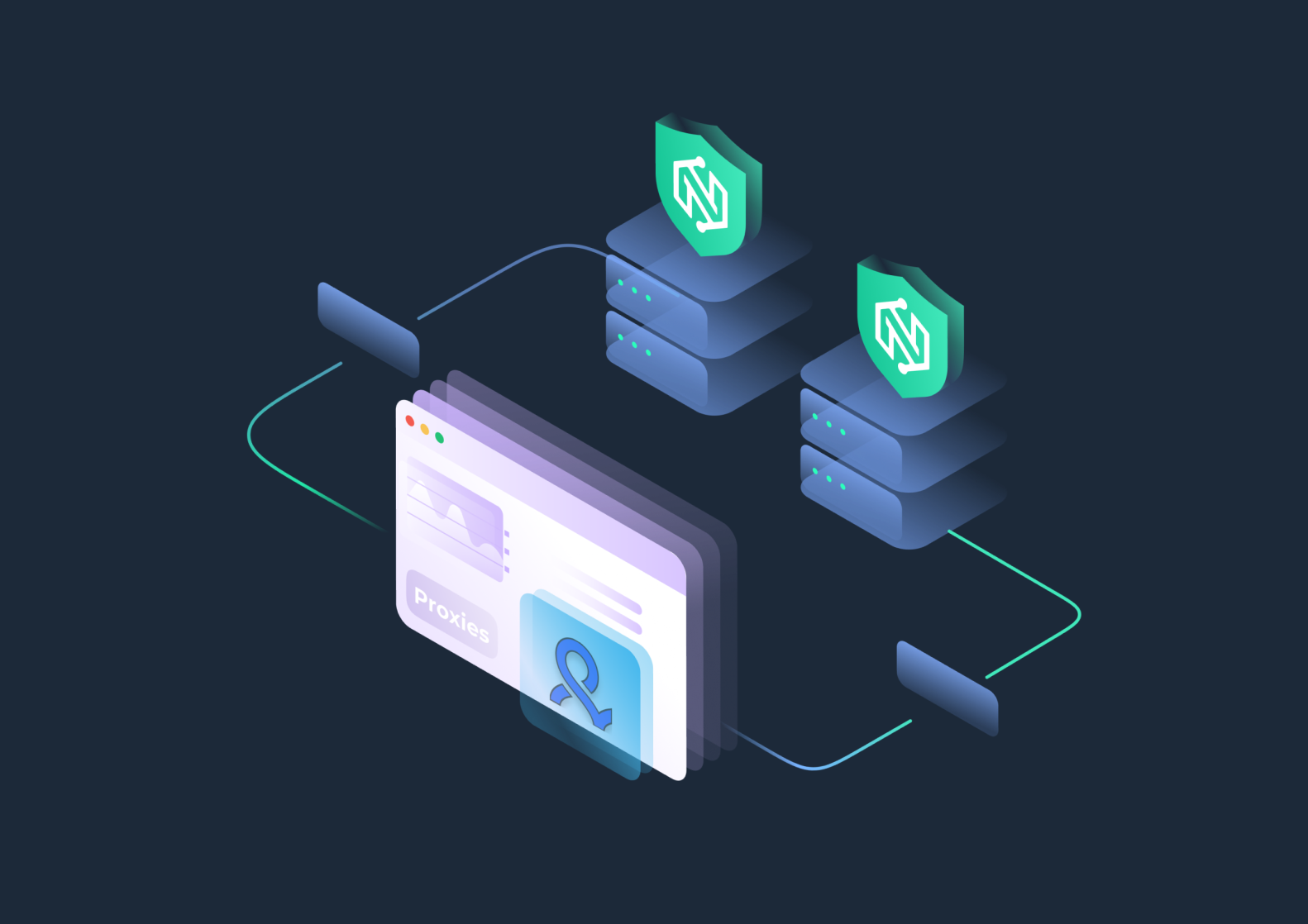Today, in the world of e-commerce and online retail, it has become essential to set competitive prices against your competitors, which is when price scraping appears.
With online prices fluctuating daily, sometimes even hourly, price scraping tools provide businesses with invaluable insights that help optimize pricing, increase sales, and improve profit margins.
But how exactly to scrape prices? What challenges do businesses face when using these techniques, and how can they maximize their success?
In this article, we’ll explore the mechanics of price scraping, why it matters, and how NodeMaven’s proxy solutions can enhance data collection efficiency.
What Is Price Scraping?
Price scraping is the process of automatically extracting pricing data from websites using specialized tools or scripts.
It allows businesses to track competitors’ prices, monitor market trends, and adjust their own pricing strategies accordingly. By using price scraping tools, companies can gather large amounts of real-time data, helping them stay competitive in dynamic online markets.
Unlike manual price monitoring, which is time-consuming and prone to errors, price scraping enables businesses to automate data collection at scale.
E-commerce platforms, travel agencies, and retail brands all use this method to optimize their pricing strategies and gain a deeper understanding of consumer behavior.
However, you’ll need careful execution to scrape prices. Many websites implement anti-scraping mechanisms like CAPTCHA challenges, IP blocking, and bot-detection algorithms to prevent automated data extraction.
To bypass these restrictions, businesses often rely on rotating residential proxies and other proxy solutions, creating an uninterrupted and undetectable scraping process.
Let’s dive deeper into how scraping the prices works and debunk some common misconceptions.
How It Works
Price scraping is the process of using automated bots to extract pricing data from e-commerce websites, marketplaces, and competitor stores.
This is done by sending requests to a target website, parsing the HTML content, and extracting relevant pricing details.
The collected data is then analyzed and used for competitive analysis, repricing strategies, or market research.
Here’s a simplified breakdown of the process:

Many businesses rely on price scraping tools to automate this process, enabling them to monitor competitor prices at scale without manually visiting each website.
Common Myths About Price Scraping
Despite its widespread use, price scraping is often misunderstood. Let’s debunk some common myths:
- Myth 1: Price scraping is illegal. While some websites restrict automated scraping in their terms of service, scraping public data is generally legal when done ethically and without violating intellectual property laws.
- Myth 2: All scraping leads to website bans. Scraping can trigger anti-bot mechanisms, but using quality proxies and ethical scraping techniques can help businesses avoid detection.
- Myth 3: Only large companies benefit from price scraping. Businesses of all sizes, from small online stores to multinational brands, use price scraping tools to gain a competitive edge.
Why Businesses Scrape Prices

Competitive Pricing Strategies
E-commerce is highly competitive, and pricing plays a significant role in consumer purchasing decisions.
Price scraping enables businesses to:
- Monitor competitor pricing in real time.
- Adjust their own prices dynamically to remain competitive.
- Identify pricing trends and seasonal fluctuations.
Market Trend Analysis and Consumer Insights
Beyond pricing, businesses use price scraping tools to gather insights into:
- Product demand and availability: Identify popular products and pricing trends.
- Customer buying behavior: Analyze how pricing changes affect sales.
- Competitor promotions: Track discounts and special offers to refine marketing strategies.
Dynamic Pricing for E-commerce Success
Large online retailers like Amazon rely on dynamic pricing, a strategy that adjusts prices based on demand, competition, and other factors.
Price scraping allows businesses to:
- Automate price changes based on collected data.
- Maximize profit margins while remaining competitive.
- Adapt to market shifts in real time.
Challenges and Risks of Price Scraping
Despite its advantages, scraping the prices comes with challenges:
- Website restrictions and anti-bot measures: Many websites implement protections like CAPTCHAs, rate limiting, and IP blocking to prevent scraping.
- Legal and ethical considerations: Scraping proprietary or copyrighted data can result in legal consequences.
- IP bans and blocking risks: Frequent scraping requests from the same IP can lead to blocks, disrupting data collection.
- Data inconsistency: Scraped data may be inaccurate if pricing updates occur between collection intervals.
Businesses must use reliable proxies and strategic scraping techniques to minimize these risks.
Best Practices for Effective Price Scraping
To make sure that scraping is successful and sustainable, businesses should follow these best practices:
- Use rotating IPs: Websites detect and block repeated requests from the same IP. Rotating residential proxies allow businesses to distribute their requests across multiple IPs, reducing the risk of bans.
- Respect website policies: Avoid overloading servers with excessive requests and follow ethical scraping practices.
- Leverage headless browsers: Using tools like Selenium or Puppeteer can help mimic real user behavior, making scrapers harder to detect.
- Deploy advanced scraping techniques: Businesses can implement AI-driven scraping methods to extract structured data while bypassing bot detection.
- Monitor scraping success rates: Regularly check for blocked requests and adjust scraping strategies accordingly.
How NodeMaven Proxies Optimize Price Scraping
To overcome the challenges of price scraping, businesses need a reliable proxy solution that secures smooth and uninterrupted data collection.
NodeMaven’s premium residential proxies provide the ideal solution for large-scale price scraping operations.
Why Choose NodeMaven for Price Scraping?
- Rotating residential proxies for undetectable scraping: Bypass IP bans and anti-bot measures with real residential IPs that mimic genuine user behavior.
- Static Residential Proxies for Long-Term Stability: Maintain a consistent identity while scraping websites that require persistent sessions without triggering security measures.
- Bypass CAPTCHAs and rate limits: High-quality proxies reduce detection risks, giving uninterrupted scraping sessions.
- Global proxy coverage for accurate geo-targeting: Scrape pricing data from different regions to analyze market variations effectively.
- Fast and scalable proxy solutions: Handle large-scale price scraping operations with high-speed and secure proxy servers.
- 24/7 support for uninterrupted operations: Our expert team makes sure that you have the best proxy setup for your price scraping needs.
Price scraping has become a crucial strategy for businesses looking to optimize pricing, analyze market trends, and maintain a competitive edge.
Combine Scraping Browser with rotating proxies for seamless price monitoring and market analysis.
Maximize your scraping efficiency & sign up for NodeMaven’s proxies today! 🚀


